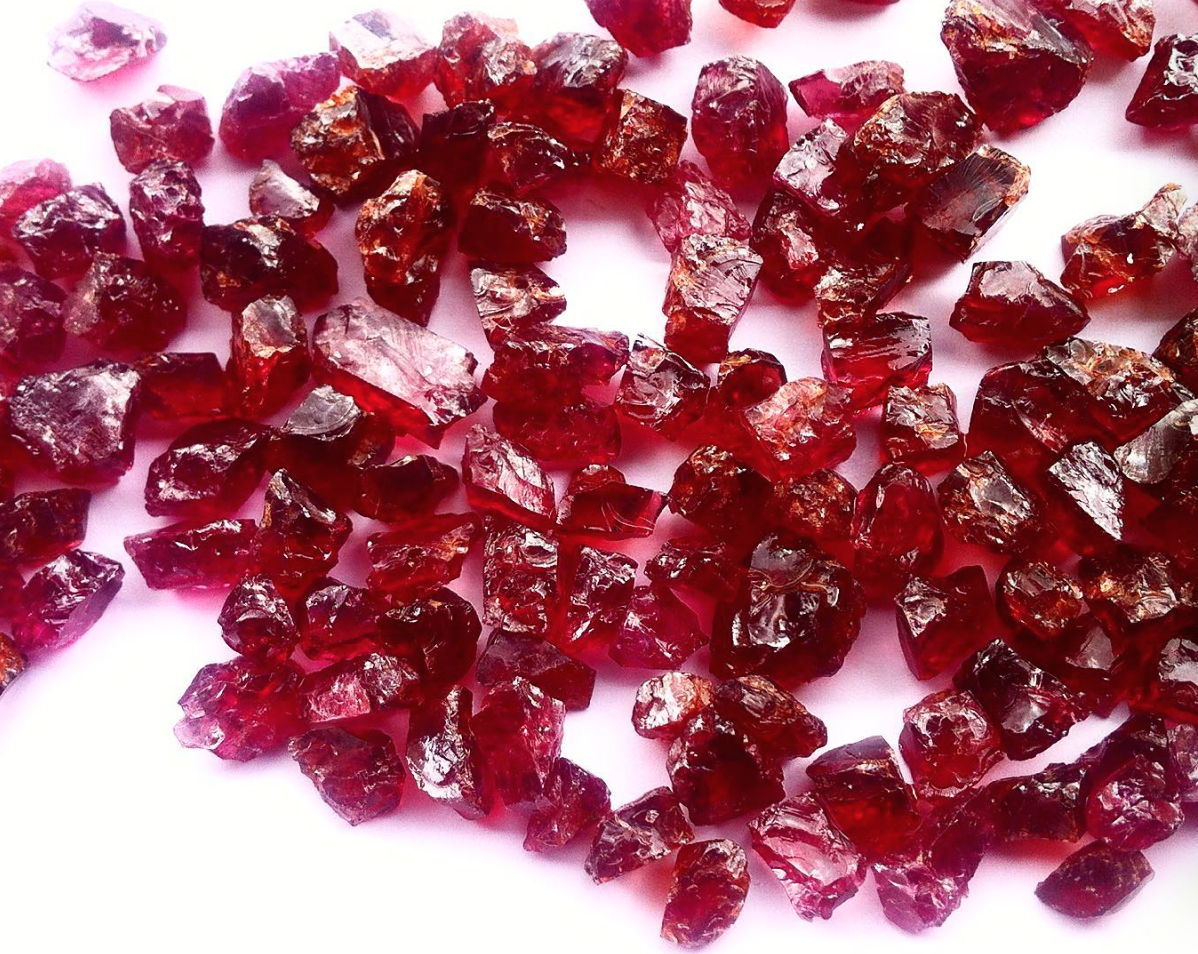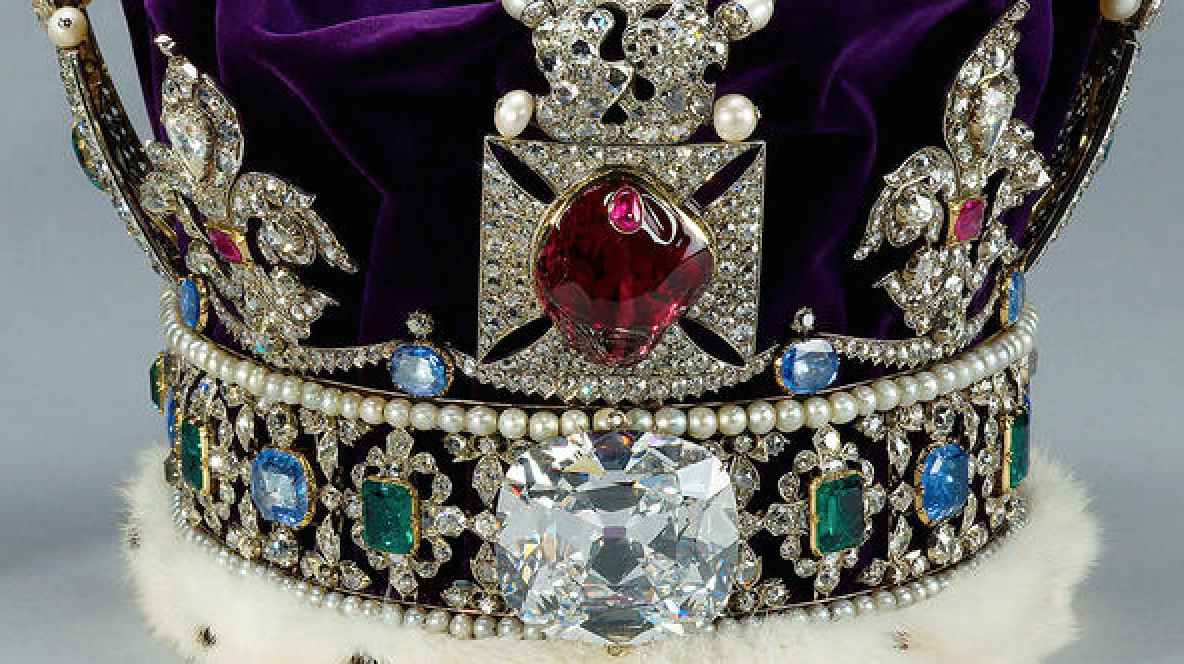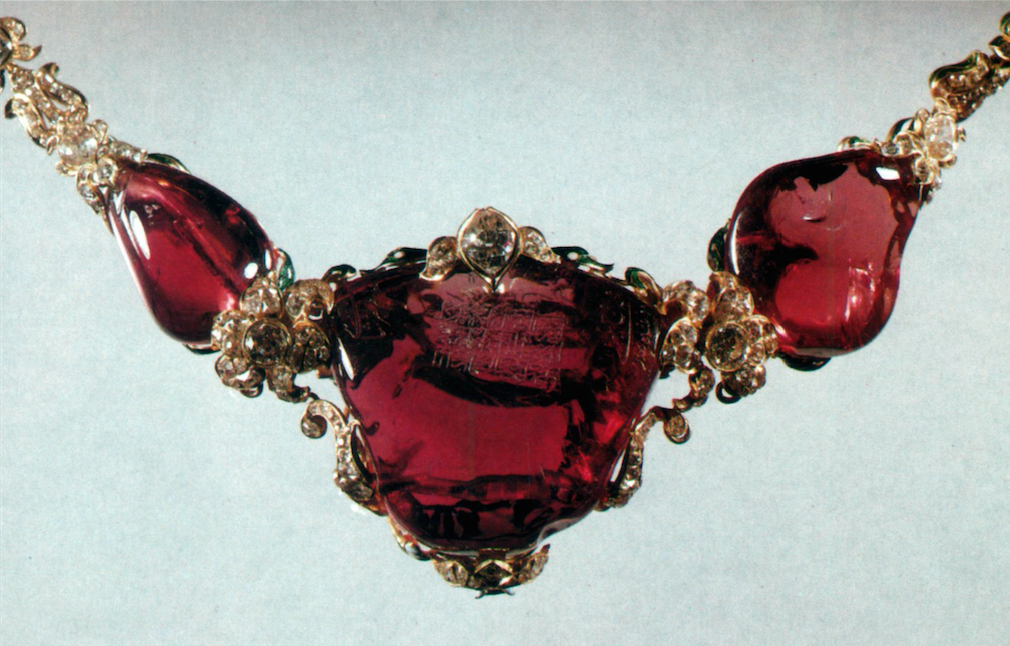
ABOUT SPINEL
03.04.16
Spinel has been long underestimated or mistaken for other gemstones such as ruby or sapphire. In fact, some of the most famous rubies are actually spinels. For example, the Black Prince’s ruby and the Timur ruby are both magnificent red spinels, 170-carat and 361-carat respectively.

Image: the Black Prince ruby

​Image: the Timur ruby
Spinel comes in a wide range of spectacular colours: rose pink to rich red; light to deep blue; lavender to deep violet; orange, yellow, brown and black. In Myanmar, where some of the most beautiful colours are mined, spinel was recognised as a separate gemstone variety as early as 1587.
The gemstone has a distinctive octahedral crystal structure and single refraction. It is one of the most favourite stones of gem dealers and collectors, because of its hardness, clarity, durability and wide-ranging colours.
Of particular interest are bright red, vivid pink and orange mined in Myanmar. Pale pastel shades are more affordable. Spinel also comes in gorgeous blue tones - cobalt spinel, but these are extremely rare.
Actually, fine spinels are now rarer than the rubies they used to imitate. This is the main factor preventing the gemstone from achieving greater recognition. Strangely, spinels are now more affordable too. The reason is perhaps that not many are aware of its existence.
In addition to Myanmar, spinel is mined in Sri Lanka, Tanzania and Tadzhikistan. It is most often faceted in oval, round, or cushion shapes and is not currently found in calibrated sizes.




